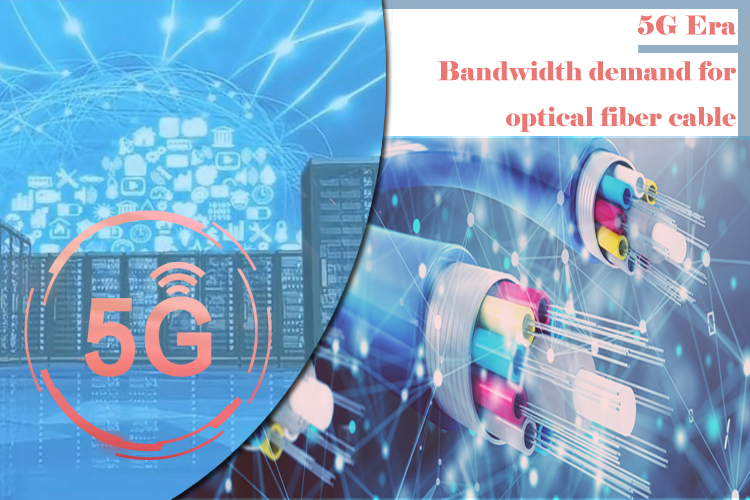In the era of 5G and industrial Internet, how will the bandwidth demand for optical fiber cable change?
As we enter the era of 5G and industrial Internet, the demand for bandwidth is expected to soar to unprecedented levels. This is where optical fiber cables come into play. With their ability to transmit data at incredibly high speeds over long distances, these cables are poised to play a critical role in meeting the growing bandwidth demands of the future.

To understand how the bandwidth demand for optical fiber cable will change in this era, it's important to first look at some of the key factors driving this change. For starters, the proliferation of connected devices and the Internet of Things (IoT) is set to explode in the coming years. According to some estimates, there will be more than 50 billion IoT devices by 2025, all of which will require a constant stream of data.
In addition, emerging technologies such as virtual reality, augmented reality, and artificial intelligence will also require massive amounts of bandwidth to function properly. These technologies are already being used in various industries, from healthcare to manufacturing, and are expected to become even more widespread as they continue to evolve.
All of this means that the demand for bandwidth is only going to increase in the years ahead. Fortunately, optical fiber cables are well-equipped to handle this surge in demand. Compared to traditional copper cables, optical fiber cables can transmit data at much higher speeds over longer distances without experiencing signal degradation or interference.
Moreover, advances in technology have enabled optical fiber cables to become more affordable and easier to install, making them an increasingly attractive option for businesses and organizations looking to upgrade their networks. In fact, some experts predict that the global market for optical fiber cables will grow by nearly 12% annually through 2026.
So what does all of this mean for businesses and organizations? Simply put, it means that investing in optical fiber infrastructure is no longer a luxury – it's a necessity. Whether you're a hospital looking to support telemedicine applications or a factory looking to automate production processes, having a reliable and high-speed network is essential to your success in the 5G era.
In conclusion, the bandwidth demand for optical fiber cable is set to rise dramatically in the coming years as we enter the era of 5G and industrial Internet. However, thanks to their ability to transmit data at incredibly high speeds over long distances, optical fiber cables are well-equipped to handle this surge in demand. As such, businesses and organizations would be wise to invest in optical fiber infrastructure sooner rather than later in order to stay competitive in a rapidly evolving digital landscape.
Recommended Reading:Optical Communication Technology in the 5G Era: Opportunities, Challenges, and Prospects
 The Future of Fiber Optic Communication Network Architecture: Evolution and the Role of SDON Technology
The Future of Fiber Optic Communication Network Architecture: Evolution and the Role of SDON Technology
 What opportunities and challenges does free-space optical communication technology face?
What opportunities and challenges does free-space optical communication technology face?
 Opelink MPO Products for High-Speed Data Center Applications
Opelink MPO Products for High-Speed Data Center Applications
 CWDM vs. DWDM: Which Optical Transmission Technology Should You Choose?
CWDM vs. DWDM: Which Optical Transmission Technology Should You Choose?